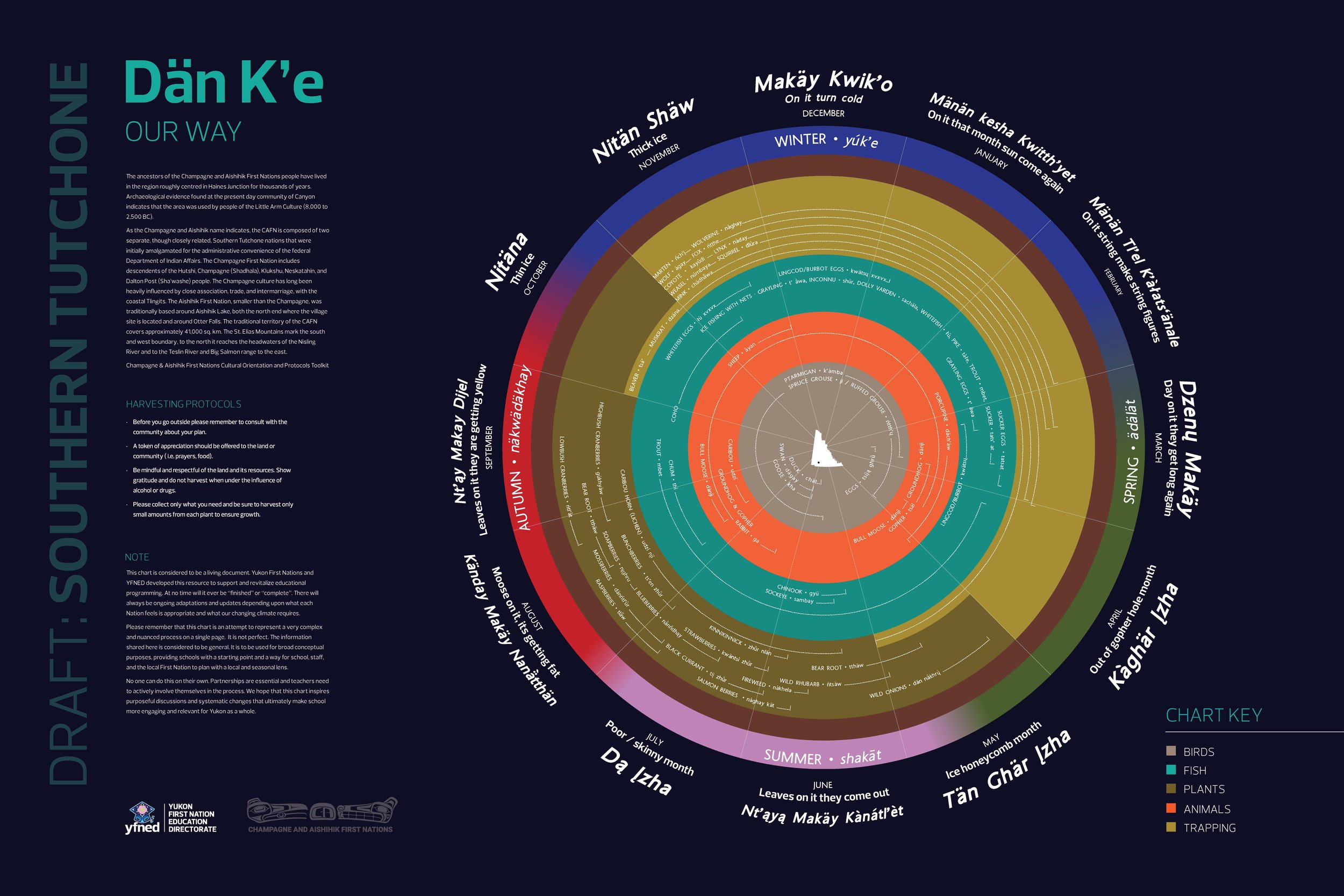Policy and Forms
AOEG
The Assistant Outdoor Education Guide (AOEG) position is responsible for providing expert advice, instruction, facilitation and assist with supervision for various outdoor activities to support the delivery of a wide range of experiential outdoor programs for Yukon K-12 students. New for this year, all AOEG's must become a TOC first.
Guidelines:
The AOEG’s certification should be relevant to the activities planned for the field trip.
The rate of pay for daytrips is $31.12 per hour. A ‘daytrip’ constitutes hours similar to 8:30 am – 4:30pm. The additional allowance for multiday trips of $93.36 per day. The term ‘multiday’ means that the AOEG is overnighting with the group of students.
There may be one Assistant Outdoor Education Guide per trip (additional AOEG's may be hired depending on circumstances/activity/required ratios).
If there is a shortage of volunteers/chaperones or TOCs, AEOGs may be used as chaperones to ensure trips can run according to Dept. of Ed offsite ratios.
Gwich’in Calendar
Following work with the seasonal rounds, Charyl Charlie - Land and Language Connector for Chief Zzeh Gittlit School in Old Crow – wanted to create a resource that brings that information to people in a form they can use every day.
“I can just wake up in the morning and look at the calendar and see Arnica. This is the season to harvest arnica and this is what it is used for,” Charyl demonstrates as an example. “The trick was to pull it all together and also to connect people with the books that are being developed on their behalf. Like booklets on traditional medicines by Elders. They have been developed as a valuable resource with valuable information.”
By compiling all of this information and putting it into a tool that is quick and easy to use, Charyl is confident that people will get more from their time on the land. It’s more than just getting an animal and having meat. Charyl says she has one story that really stuck with her because it illustrates how all the different types of harvest the land offers work together to keep us healthy.
“When I would visit with Grandma Mary Netro, she would tell me stories about her time on the land. Being a part of hunting parties that would allow the group to work together and celebrate the harvest by sharing a big meal together and at this time, they would not only eat plenty of vadzaii (caribou) but they would also complete the meal with cranberries which we all know has a valuable source of antibacterial properties and is rich in antioxidants. Harvesting and using all that was available to our people in season is who we are as Gwich’in.”
Every season of the year is connected to harvest. “Our whole life is based on harvesting - the whole year round,” said Charyl. “And everything that is harvested is used for something. So rabbit is used for food but then the fur is dried and turned inside out for inside your boots or mitts.”
This calendar will allow the community to track their harvest, learn more about what can be harvested, and processed, and will ultimately contribute to traditional wellness for the community and school setting.
*Note: as more Land and Language Connectors join the FNSB team, Charyl will work with them to develop calendars like this for their traditional territories.
Seasonal Rounds
This is a sample of a Seasonal Round. The Yukon First Nation Education Directorate (YFNED) worked with partners to develop versions of this chart to reflect all regions of the Yukon. The chart displayed here is the version for the Champagne and Aishihik First Nations - Southern Tutchone.



